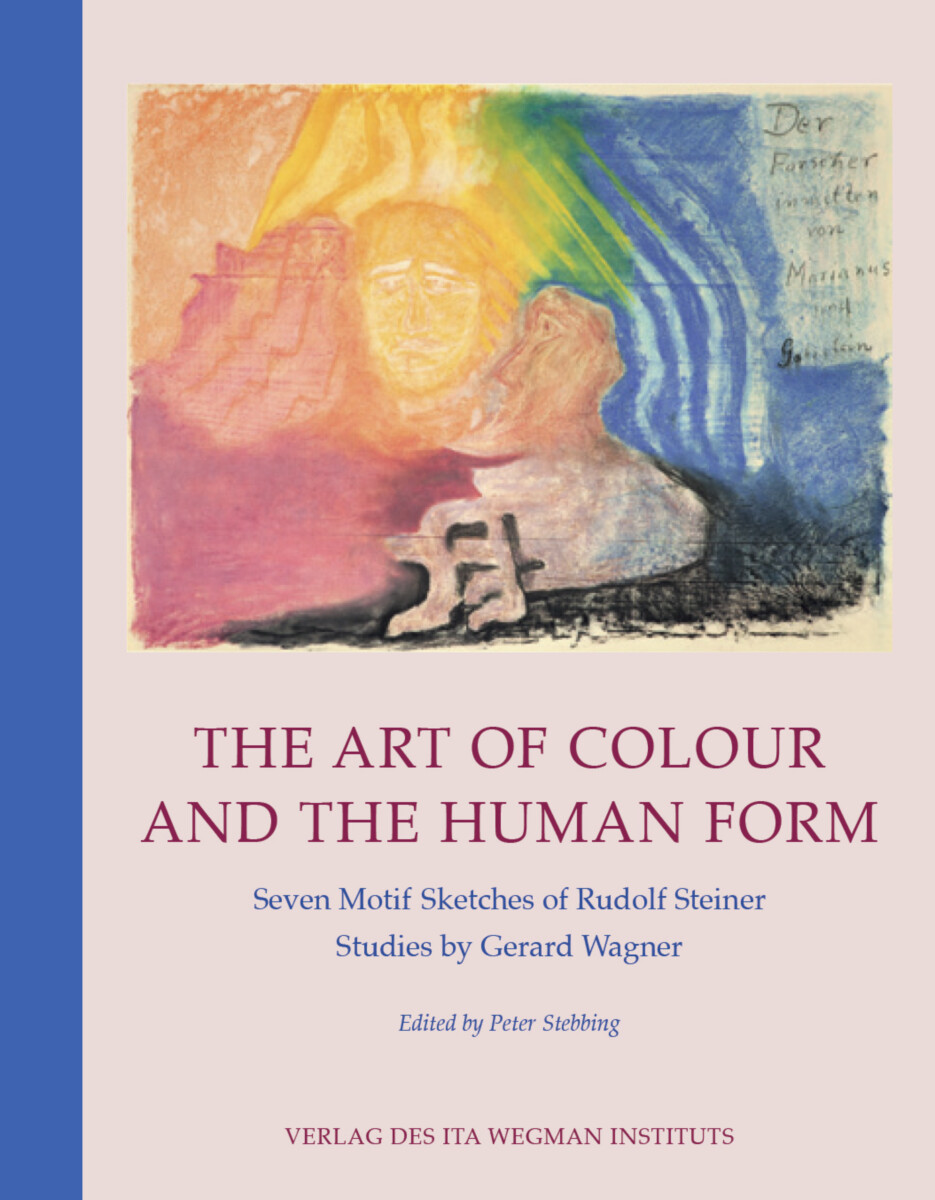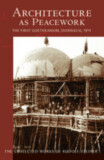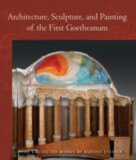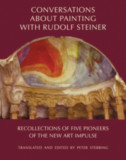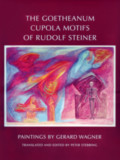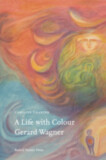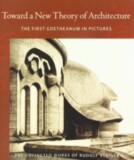The Art of Colour and the Human Form
Seven Motif Sketches of Rudolf Steiner: Studies by Gerard Wagner
Illustrated by Gerard Wagner
Edited by Peter Stebbing
Foreword by Peter Selg
- Publisher
SteinerBooks - Published
1st March 2018 - ISBN 9783905919943
- Pages 218 pp.
- Size 8.5" x 11"
- Images 163
“The human being is the most exalted, indeed the true subject of visual art.” — J. W. Goethe, Propylaea“...when we speak of visual art...it is above all a matter of understanding how everything in the visual arts ultimately aims at, proceeds from, and creates out of the human form. — Rudolf Steiner, Becoming Fully Human, p. 43
“The actual underlying problem in painting in our time can be designated as ‘depicting the spirit form of the human being out of the color.’” — Maria Strakosch-Giesler, Die erlöste Sphinx, 1955
Based on Rudolf Steiner’s indications, Gerard Wagner shows a wholly new approach to the human form in art. The Art of Colour and the Human Form presents the seven motif sketches concerned with the “spirit form of the human being,” as well as numerous studies that Gerard Wagner painted over a period of thirty years. The intention of this volume is to present an artistic approach to these unique motifs and to indicate their potential “color build-up.”
The Art of Colour and the Human Form contributes to a more comprehensive understanding of this new direction in art.
“In Anthroposophy, we have the most modern worldview that can possibly be imagined in our time.... Anthroposophy is, in fact—as Rudolf Steiner called it in London in 1913—‘the gift of Michael to humanity,’ meaning a gift of the Time Spirit. What can be more modem than the gift of the Time Spirit for his epoch, which is to last for several hundred years and even beyond as a path to a conscious collaboration of human beings with the spiritual hierarchies? What can be more modem than that?”
Sergei O. Prokofieff
Rudolf Steiner
Rudolf Steiner (b. Rudolf Joseph Lorenz Steiner, 1861–1925) was born in the small village of Kraljevec, Austro-Hungarian Empire (now in Croatia), where he grew up. As a young man, he lived in Weimar and Berlin, where he became a well-published scientific, literary, and philosophical scholar, known especially for his work with Goethe’s scientific writings. Steiner termed his spiritual philosophy anthroposophy, meaning “wisdom of the human being.” As an exceptionally developed seer, he based his work on direct knowledge and perception of spiritual dimensions. He initiated a modern, universal “spiritual science” that is accessible to anyone willing to exercise clear and unbiased thinking. From his spiritual investigations, Steiner provided suggestions for the renewal of numerous activities, including education (general and for special needs), agriculture, medicine, economics, architecture, science, philosophy, Christianity, and the arts. There are currently thousands of schools, clinics, farms, and initiatives in other fields that involve practical work based on the principles Steiner developed. His many published works feature his research into the spiritual nature of human beings, the evolution of the world and humanity, and methods for personal development. He wrote some thirty books and delivered more than six thousand lectures throughout much of Europe. In 1924, Steiner founded the General Anthroposophical Society, which today has branches around the world.
Gerard Wagner
Gerard Wagner (1906–1999) was born in Germany and grew up in England. He began his vocation as an artist by learning from an English plein air painter before starting formal studies at the Royal College of Art in London. Beginning in 1926, he took up the challenge of a new direction in painting as initiated by Rudolf Steiner, which became the essence of his life’s work for more than seventy years. Through his efforts to grasp the secrets of Steiner’s training sketches for painters, Wagner succeeded in disclosing their metamorphic character and, from this, was able to develop a systematic approach to painting. Elisabeth Wagner-Koch, whom Gerard later married, became his first student in 1950, and together they established The Painting School at the Goetheanum, of which he remained the principle teacher until his death in Arlesheim,Switzerland. Rudolf Steiner’s indications for an art of the future remained the impulse for Wagner’s research and artistic activity throughout his life. The fruits of his research are a unique method of teaching and his archive of paintings, which continue to be a source of inspiration for the school. Wagner’s wife Elisabeth cares for the archive of about 4,000 paintings.


